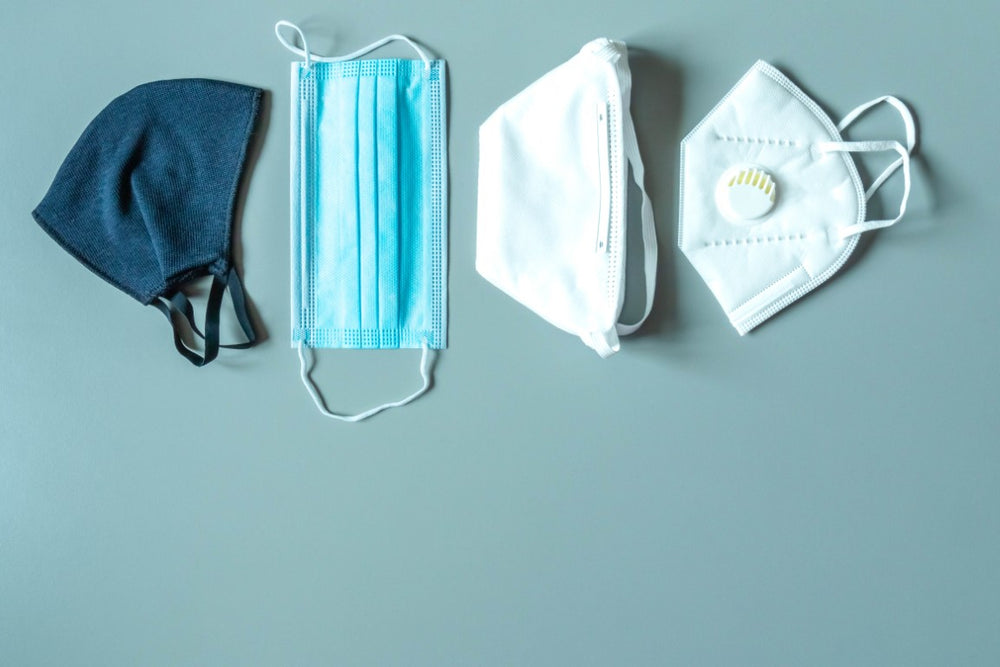Your Cart is Empty
The concept of wearing protective face-covering has finally gained momentum. And with that, we see the emergence of questionable new trends and confusion. Case in point — face shields.
What is their primary purpose, really? Are they as effective as face masks? Can they be a replacement for face masks?
The notion that face shields are a substitute for face masks is not just completely misleading, it is extremely dangerous. Face shields along with goggles are supposed to “complete” the maximum possible preventive measures taken with a face mask already on.
Multiple-layered, fabric face masks do a great job of keeping out respiratory droplets, large and small, produced from breathing, talking, coughing, or sneezing. Masks are a primary, essential necessity for infection control as many scientists, health authorities, and studies have proved time and again.
Goggles and face shields, on the other hand, are a part of optional “add-on protective gear” meant to ensure further prevention. These are especially helpful for healthcare workers who are directly interacting with infected patients.
Dr. Anthony Fauci recently explained the reasons behind these additional measures.
“Theoretically, you should cover all mucosal surfaces. (That includes our nose, mouth, and eyes). So if you have goggles or an eye shield, you should use it.”
The idea of wearing face shields seems enticing to many people, even though they are bulky to wear. This is so, simply because they don’t come in direct contact with the face and allow easier communication since facials expressions are visible. Unlike snug-fitting face-masks, face shields don’t restrict one from breathing through a fabric pocket.
These “restrictions”, however, are precisely why face masks are so effective in infection control and protection. Close-fitting fabric masks block respiratory droplets from escaping and dispersing across a room — something plastic face shields cannot be relied upon to do.
Dr. Joy Henningsen — clinical assistant professor, VAMC Section, at the University of Alabama at Birmingham School of Medicine — shed light on the face mask/ face shield debate through a recent study carried out in Switzerland, right after an outbreak. In this study, none of the people using face masks tested positive. While several people using only face shields did.
Henningsen, like other health authorities, upholds that face shields are a good supplement to face masks but warns that they cannot be used as substitutes.
And here’s what our most trustworthy source, the CDC, says about face shields,
“At this time, it is not known what level of protection a face shield provides to people nearby from the spray of respiratory droplets from the wearer. There is currently not enough evidence to support the effectiveness of face shields for source control. Therefore, CDC does not currently recommend the use of face shields as a substitute for masks.”
It is important to note that while face masks are universally recommended, and mandatory in some regions, face shields and goggles are still optional.
Our conclusion: Face shields are a good supplement to face masks but not a standalone protective gear. Face masks are the primary essential for protection.
